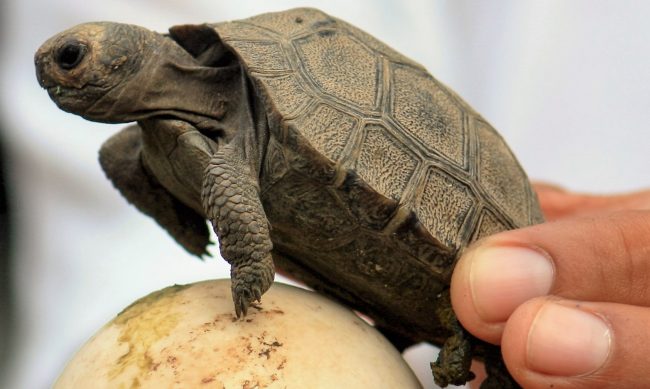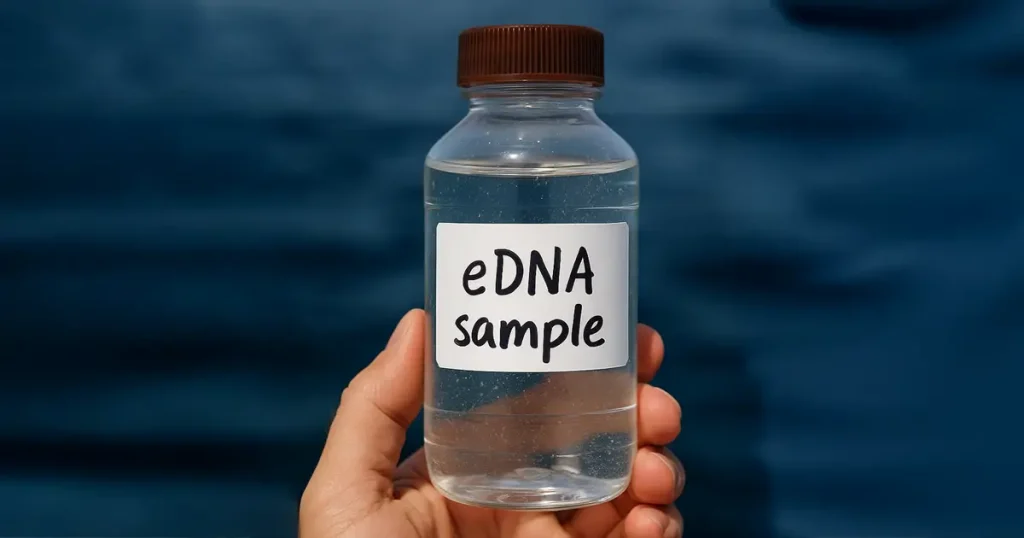NASA, Galápagos Conservancy Partner on Rewilding Galápagos Program
May 19, 2021

The Galápagos Islands have been the focus of perhaps the largest-scale “rewilding” program ever attempted on Earth. Largely thanks to the work of the Galápagos National Park Directorate and Galápagos Conservancy, more than 10,000 captive-bred Galápagos Giant Tortoises of multiple species have been released to the wild, helping to reverse the decimation of populations caused by centuries of exploitation. Still, current populations are just 10% of their original size and occupy only 35% of available habitats. Our program accounts for approximately one-third of all Galápagos Giant Tortoises in existence, which are distributed on most of the larger islands and volcanoes in the Archipelago. Restoring Giant Tortoise populations to their historical numbers will require intensive rewilding and monitoring programs for decades to come.
With more than $750,000 in funding provided by NASA’s Applied Science Ecological Forecasting program, Galápagos Conservancy and the State University of New York College of Environmental Science and Forestry (SUNY-ESF) will develop integrated technological tools to guide future decision-making by the Galápagos National Park Directorate in its efforts to inform the “when and where” of rewilding Giant Tortoises throughout the archipelago. Decision-making tools will be based on factors including expected future climatic conditions, probability of population establishment, ecosystem status, biodiversity enhancement, economic outcomes, and operational costs.
Forecasts for temperature and precipitation in the coming century fall outside the ranges ever observed in the Islands, so the effects of climate change will have significant consequences for Giant Tortoises. To account for those changes, the tools developed will integrate satellite-derived data on land vegetation cover, land surface temperature, and precipitation, in addition to more than 2 million field observations on tortoise distribution, data from camera traps, photography from tourists on social media, and economic forecasts on rewilding costs and income from tourists. Data from these tools will promote efficient decision-making that incorporates both scientific and human perspectives; facilitate communication between key stakeholders and the public about tortoise restoration; and provide a framework for transparency and consensus decision-making, a key component of Ecuador’s National Biodiversity Strategy and Action Plan.
Efforts to rewild Galápagos are accelerating with the NASA-Galápagos Conservancy-SUNY-ESF partnership, the recently announced $43 million investment led by Leonardo DiCaprio, and the ongoing work of the Giant Tortoise Restoration Initiative. Galápagos Conservancy is thrilled to be a leader in these efforts, and we are grateful to NASA and SUNY-ESF for joining us in this pivotal moment.



